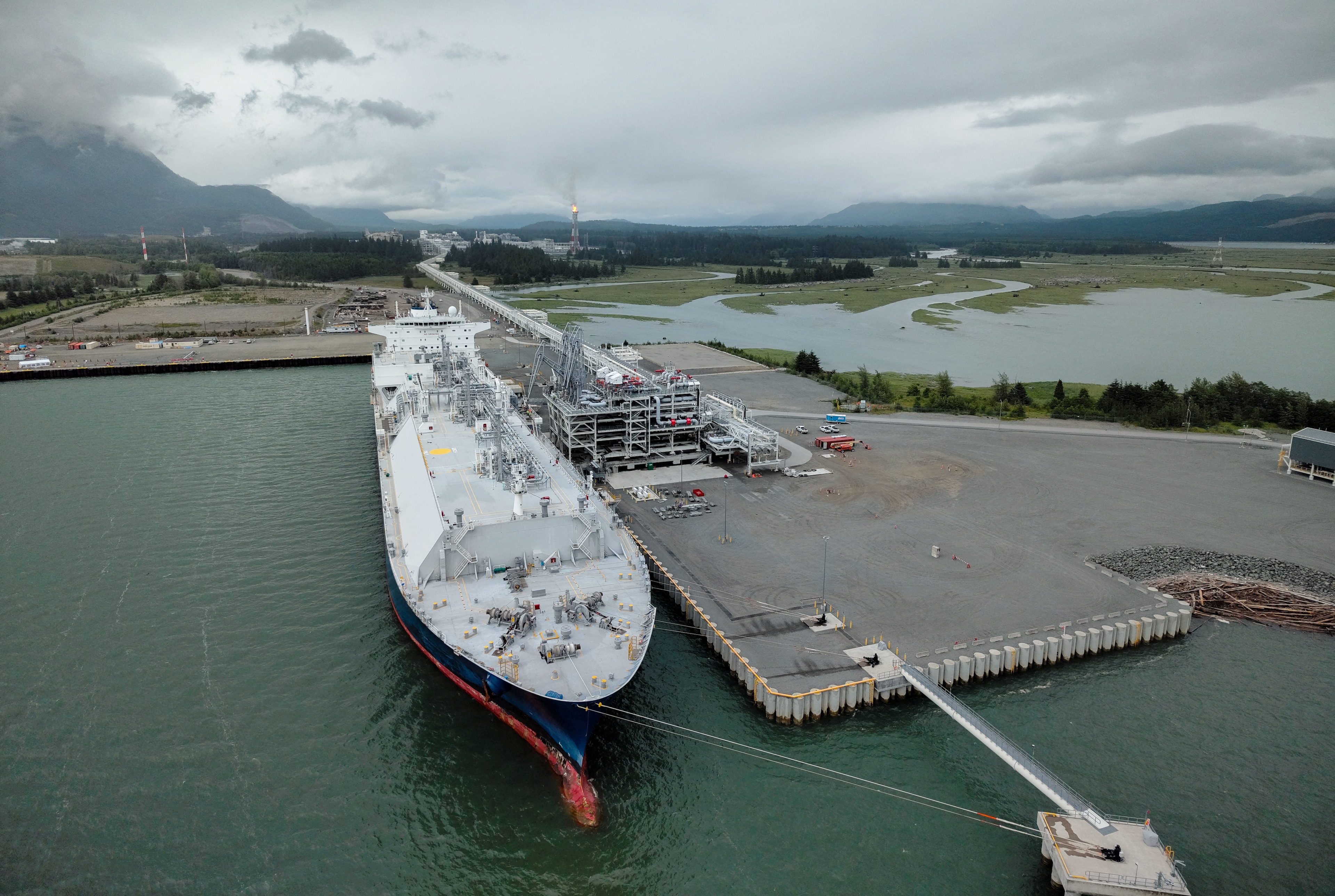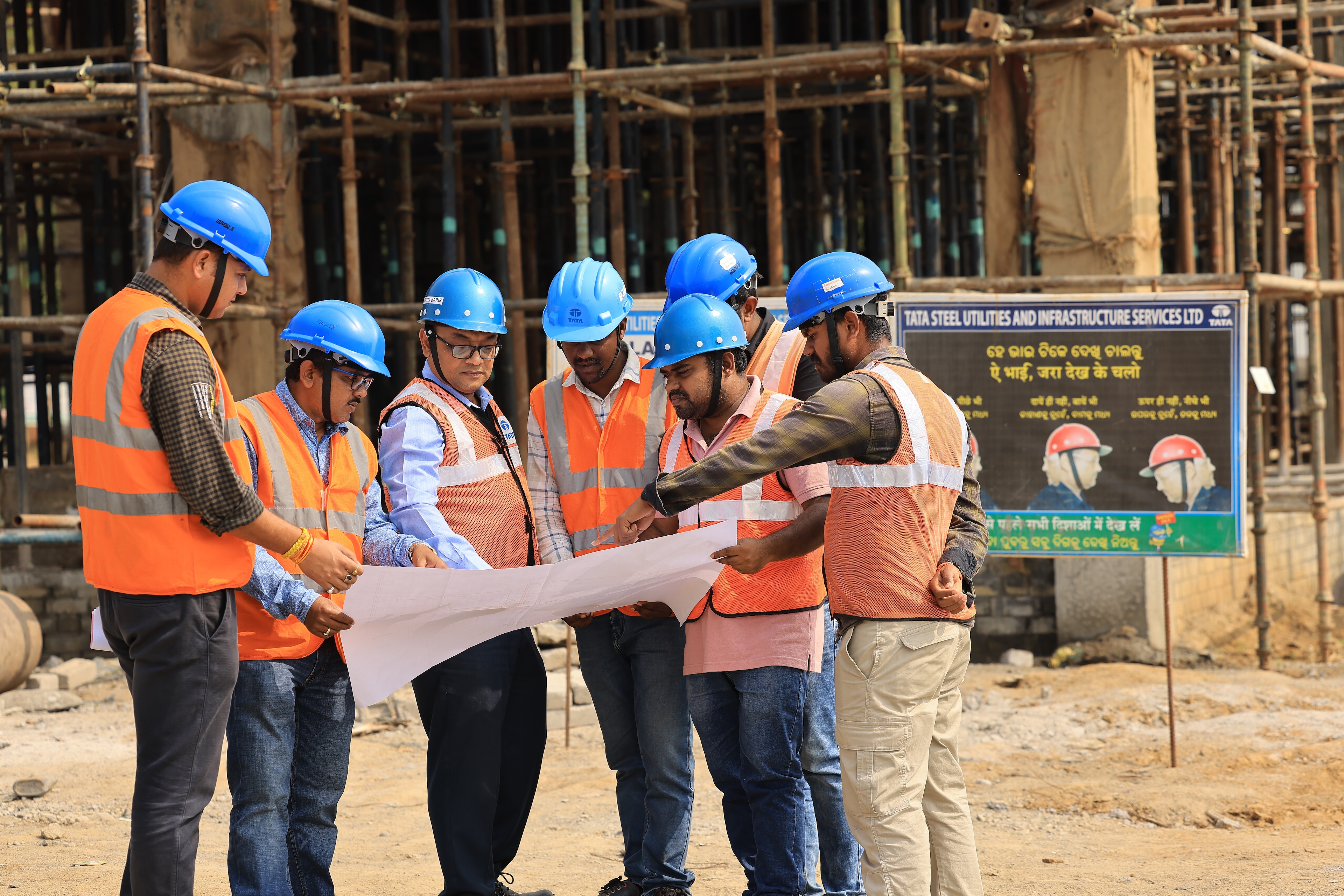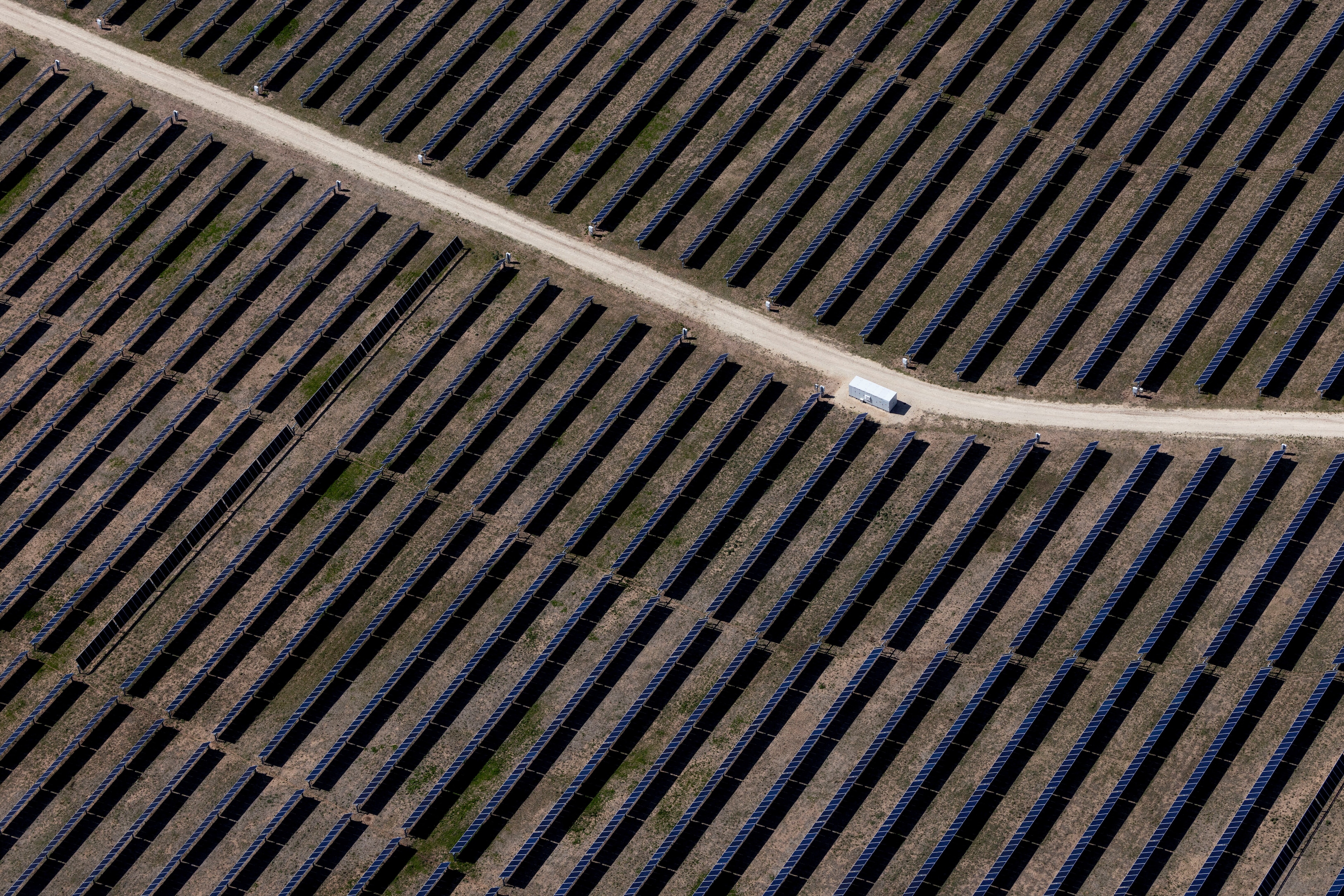How big data will clean up India’s energy act

Stay up to date:
Innovation
There are close to a billion people worldwide who don’t have access to energy. Of these, 400 million are in India. For anyone with insight and imagination, this represents an extraordinary potential market.
I’m trying to match the capital in the world with the returns of the energy industry. If we can provide these people with affordable, reliable energy, it will dramatically improve the quality of their lives. If we can make that energy clean and efficient, it will contribute to the quality of all of our lives.
Over the past 10 years, the Indian power sector has doubled its capacity, and is projected to add between 90 and 100 gigawatts in the next five years. In that time, the scope of investments for renewable energy alone is estimated to be $10-12 billion. If we are to meet these demands, we need to do something about the health and social problems associated with coal power.
One obstacle to this is financing. Currently, there is a mismatch between what investors believe is the risk of renewable energy, and the real returns available in this business.
At Bharat Light and Power (BLP) we’re investing in all forms of renewable power – wind, solar, biomass and hydroelectricity. We are also exploring other solutions, such as energy storage, and ways in which cloud computing and big data can help us operate our clean-energy plants more efficiently.
Another challenge is climate change. Since the financial crash of 2008, governments have become less interested in the debate about global warming. Hopefully, the numerous environmental disasters that have occurred over the past few years – notably the growing number and ferocity of hurricanes and typhoons, the record-breaking heat waves and droughts – has brought it back into focus.
Our aim, as part of India’s sustainable-energy challenge, is to create an intelligent grid, one that allows us to increase the country’s capacity to generate renewable energy over the next few years, and then integrate it seamlessly into the national network.
To do this, BLP has formed a 10-year strategic engagement plan with IBM to use their SoftLayer cloud capabilities. Combining big data and advanced analytics with renewable energy is a world first. We are collecting live data from every turbine we have in India, and monitoring it to create more efficient power plants. What is exciting is that this technology allows BLP to observe, report and analyse turbines not only in India, but on any wind farm in the world.
Furthermore, IBM has already collected huge amounts of data on global weather, so we are exploring the possibility of matching that data to our turbine generation, the better to proactively forecast and plan the parameters of our energy production.
By using big data and analytics, we can identify the trends and patterns that underlie our technology and the environment in which it operates. It will become a simple matter to see what is happening – in India’s energy infrastructure as much as in nature (on which wind farms and hydro-electricity rely) – and will allow us to respond accordingly, in some cases before an event occurs.
It is difficult to understate the benefits of this intelligence. If we are going to preempt a major problem, we need to know hundreds of hours in advance. For example, a gearbox or generator failure can result in a turbine being shut for months. If this was to occur during the peak wind season, it would be economically disastrous. But if we are aware of the problem via the detailed monitoring of our equipment, then we can minimize downtime and continue to generate power cost-effectively.
To complicate matters, most of our wind and solar farms are in remote areas; some take several hours to reach by car. By creating an intelligent grid we can have a real-time mobile “farm view”, so that our engineers and technicians can monitor all of the plants, all of the time, from any location. Cloud computing will provide information to ground staff on their handsets, alert them of trends in advance and help BLP to generate more units of electricity from the same infrastructure.
India has to invest significantly if it’s going to bridge the gap between energy supply and demand. It is among the top five carbon dioxide-emitting countries. It therefore makes sense – economically, socially and environmentally – to use all our resources to create more reliable, predictable and therefore more affordable energy.
Could-computing, analytics, big data … we see these technologies as game-changers, ones that allow us to be proactive, rather than reactive. They will also enable us to become more reliable and efficient in our power creation, and incorporate more renewable energy into the grid – helping to transform the way we generate and consume electricity.
Author: Tejpreet Singh Chopra is president and CEO of Bharat Light and Power, India, and a World Economic Forum Young Global Leader.
Image: A worker cleans photovoltaic solar panels inside a solar power plant at Raisan village near Gandhinagar, in the western Indian state of Gujarat, February 11, 2014. REUTERS/Amit Dave
Don't miss any update on this topic
Create a free account and access your personalized content collection with our latest publications and analyses.
License and Republishing
World Economic Forum articles may be republished in accordance with the Creative Commons Attribution-NonCommercial-NoDerivatives 4.0 International Public License, and in accordance with our Terms of Use.
The views expressed in this article are those of the author alone and not the World Economic Forum.
Related topics:
Forum Stories newsletter
Bringing you weekly curated insights and analysis on the global issues that matter.
More on Energy TransitionSee all
Ayla Majid
July 24, 2025
Manikanta Naik and Murali Subramanian
July 23, 2025
Arunabha Ghosh and Jane Nelson
July 22, 2025
Ali Alwaleed Al-Thani and Santiago Banales
July 21, 2025
Goodness Esom
July 18, 2025




